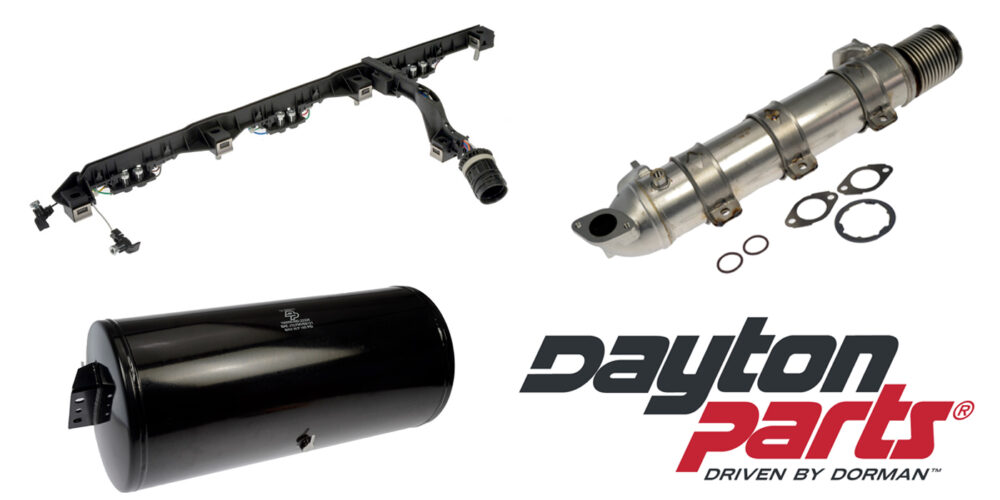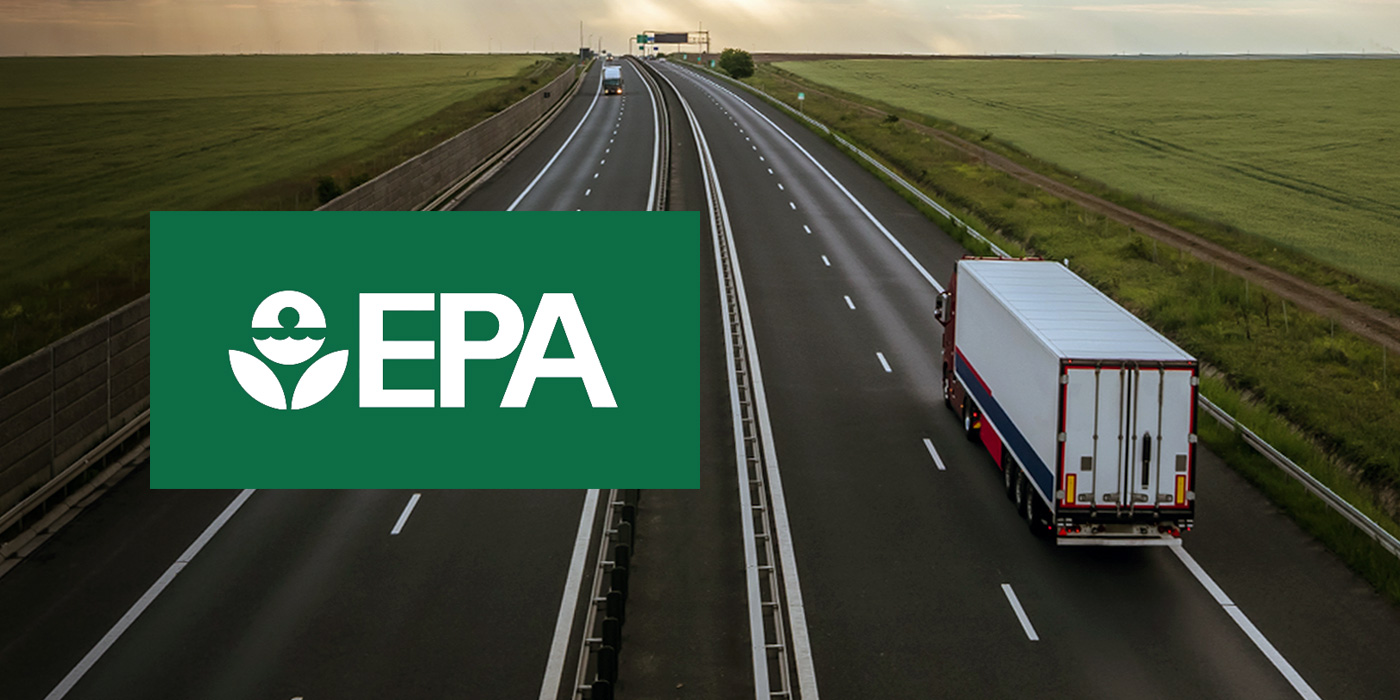California’s government, its governor and the California Air Resources Board (CARB) continually amaze me by their apparent lack of logic. California recently passed legislation requiring electricity retailers to purchase at least 125 MW of biomass power within five years. They claim the biomass will be provided by dead or dying trees from high-hazard fire zones. Yet, California currently has a fleet of mobile incinerators going around burning dead trees.
Biomass producers always claim their feedstock will come from dead or drying trees. Then they immediately started talking about “managed” tree harvesting because they realize there isn’t sufficient biomass to accomplish their long term goals. If it was immoral to harvest trees when spotted owls were endangered, then is it now okay to cut them down when biomass producers need them?
These people talk out of both sides of their mouths. The simple physics is that trees and algae are the most effective CO2 absorbers known to science. Cut down one tree, and our capacity to remove CO2 from the atmosphere is reduced.
Our most effective way to reduce CO2 emissions is to improve vehicular fuel economy. The recently enacted GHG Phase 2 emissions regulations corroborate that irrefutable science, but environmentalists don’t like facts interfering with their preconceived notions.
Using biomass for electrical generation directly competes with cellulosic ethanol production since both depend on forest residue for their feedstock. This limits both approaches to minor players unless substantially more trees are harvested. A more sustainable solution would be to plant as many trees and cultivate as much algae as possible.
California is also pushing electrical vehicles. Electrical vehicles have limited applications in urban environments, but they make no sense for long-haul trucking. I wonder if California and CARB have thought what they will do when batteries reach the ends of their lives? Years ago, California decided that used oil filters were hazardous waste. They had to soften their stance when warehouses in and around Los Angeles began filling up with used oil filters. How can millions of depleted, acidic batteries be disposed of safely?
Want more insight from John Martin? Click here to see all of his columns.
GHG Phase 2 regulations will assure that natural gas and propane-fueled vehicles will become more numerous. Natural gas reduces tail pipe GHG emissions about 25% in most applications. Natural gas/diesel hybrids have shown similar CO2 reductions. We have approximately 100 years of proven natural gas reserves in the U.S.
I suspect that as GHG Phase 2 standards tighten, will bring the discussion of corn-based ethanol to an end. Ethanol reduces fuel economy, increases life cycle emissions, and destroys seal materials in off-highway equipment, no matter what “Big Agriculture” tries to sell us.
The federal government used politics to override science by overturning a Federal judge’s decision about a pipeline suit brought by the Standing Rock Sioux. The Sioux nation had filed suit to stop construction of a $3.8 billion pipeline to transfer crude oil from North Dakota to an Illinois refinery.
District Judge James Boasberg denied the Sioux’s attempt to halt this project, and within minutes the federal government intervened to halt construction. This is unprecedented interference with established procedures, and it will forever increase the cost of construction projects.
Now the crude must be moved by truck or rail. Trucking is the least safe and most expensive way to move crude. Rail is approximately half the cost and twice as safe. Pipelines are significantly less expensive and infinitely safer than the other two methods.
This action also assures that refined oil products will increase in cost to the consumer. Emotional environmental activists are directly responsible for this injustice. To assure that business is not further hampered by oppressive regulation, be sure to vote in the upcoming federal election.














